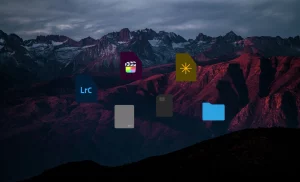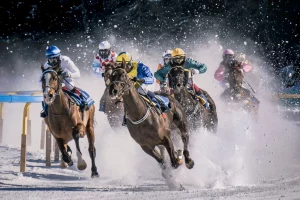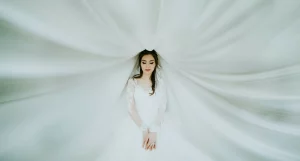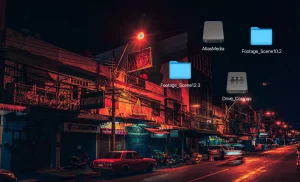As an avid traveller, luxury and historic hotel photographer Michelle Chaplow loved exploring new cultures. In her twenties, she took a year out from her job to journey around central and south America, and then moved into travel photography. Michelle took enormous pleasure from staying in hotels – the architecture, the décor, the history – and the eureka moment came in 2010, when she decided to dedicate the rest of her professional life to capturing the essence of these unique hotels around the world, expertly carving out her out her specific niche. She unveils the behind-the-scenes world of luxury hotel photography.
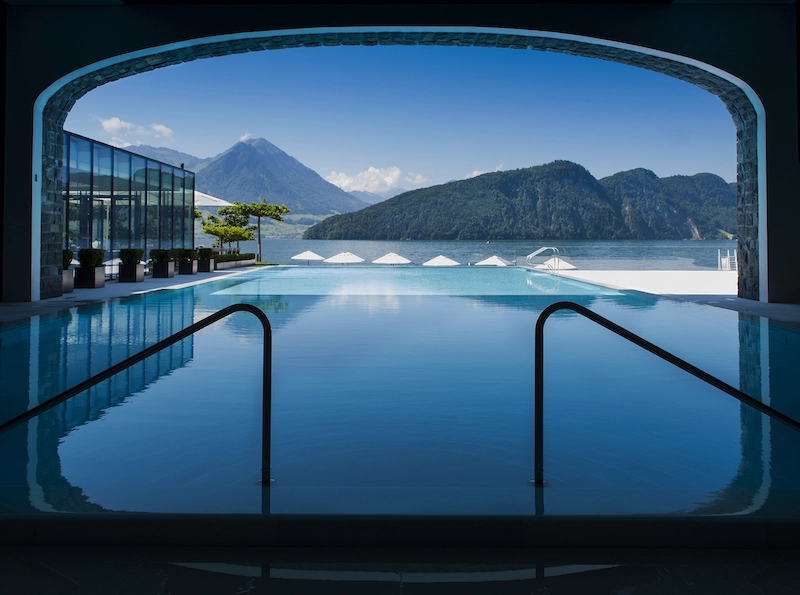
How to Plan a Luxury Hotel Photoshoot: Tips from Michelle Chaplow
What, in your opinion, makes a successful luxury hotel photo?
Hotel photography is indeed highly specialised and it brings together a number of skills. You need a sound base in architectural photography in order to accurately capture the hotel façade and its interiors, and you certainly need an eye for detail to capture the establishment’s essence. Gastronomy is a key element of the hotel experience which requires another entire skill set, and then there are portraits, especially environmental portraits, for example the chef in his kitchen, or the concierge at his desk. For lifestyle, you need a broad spectrum of skills, and my initial experience as a travel photographer was the perfect training ground. When you are illustrating travel – a guidebook or a magazine feature – there will always be landmark buildings, food, landscapes, and of course, people to capture.
In my opinion, an effective hotel photograph is one where the viewer looks at the image and has the immediate desire to check in to that hotel. A photograph that communicates one message: ‘Take me there!’ As a lover of hotels myself, I can take the viewpoint of the guest, accurately portraying the space with subtly inviting messages. A temptation which leaves them wanting more – most notably, to experience the hotel first-hand.

What preparation goes into a typical photoshoot?
Many of our assignments are fairly long projects, lasting five to seven shooting days.
The timeline normally starts between 2 and 6 months prior to the shoot taking place. This length of time facilitates a dialogue: we can listen to the client, who may also be the proprietor, the marketing director, the GM (General Manager), or a combination of all three. Each of these stakeholders will have their own vision of how the images should be, both in terms of content and style, and it is our job to offer guidance on how to achieve them. We have years of experience in planning and carrying out hotel photo shoot assignments.
The first step is when the client compiles a shot list of the areas and aspects of the hotel that need to be photographed; we are often asked for our advice and recommendations at this early stage. The next step is scheduling dates for the shoot and checking the availability of the crew.
When working out what equipment will be necessary for the shoot, the shot list determines this criteria – specific questions such as how many studio lights will be needed, what camera bodies and lenses should be packed. We take around 200kg of equipment wherever we go in the world.
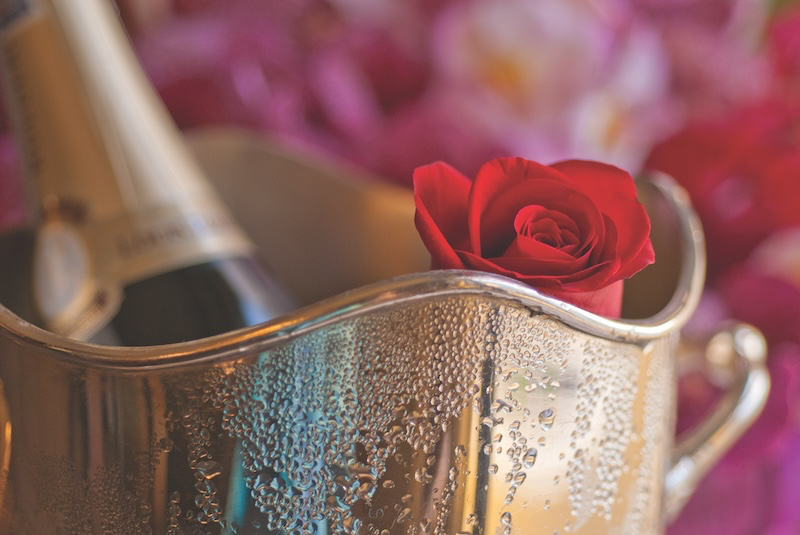
Building a Team for a Luxury Property Photoshoot
You work with a close-knit and highly experienced team. What is their role, and why is it important that you surround yourself with them?
Working with highly qualified, like-minded professionals is fundamental to the success of Hotel Essence Photography. I have worked with my team for years, and loyalty to all crew members is a fundamental core value. One photographer alone cannot carry out large-scale projects. We offer a complete service, bringing with us flexibility and practical solutions developed over years of shoots.
To work at a professional level within a hotel that is open to guests, we have to be exceptionally discreet; careful planning is key. We have a production manager who is in charge of the scheduling to ensure that our presence goes as unnoticed as possible. Additionally, I need a first assistant who is also a qualified photographer with considerable expertise and experience in the field. A key team member is the stylist. When photographing hotels, you are working with bed and table linen, curtains and cushions, and everything has to be perfectly placed and completely smooth (ie free from any creases or wrinkles), and so a good interior stylist is essential. Sometimes our clients may also require video footage, and this will require two further crew members. The whole crew can be between 3 to 10 people, depending on the scale of the project.
When it comes to actually taking the photographs, much unseen preparation and technical expertise goes into the process. This is why many people love the behind-the-scenes footage – they find it a fascinating insight!
Do you like Michelle's interview?
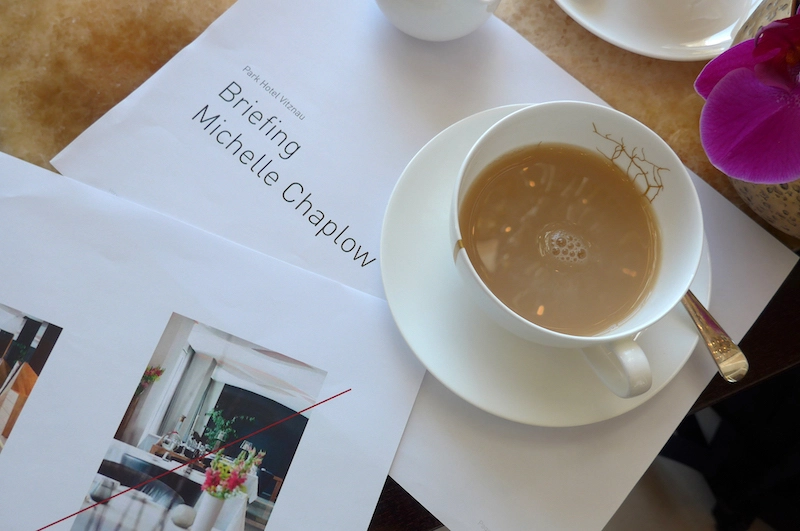
Starting Your Own Luxury Hotel Photography Business
How did you secure your first commission in luxury and historic hotel photography?
When I first started out working as a photographer, I was doing travel assignments. I worked for the BBC, the Automobile Association, British national newspapers, and major airlines, illustrating features for their in-flight magazines. I spent a lot of time staying in hotels, and I would find myself looking at their brochures and thinking that the photos did not portray my experience of the hotel; they neither reflected how I felt about the hotel, nor showed off the hotel in its best light. At this point I had a eureka moment: I realized that I could specialize in photographing luxury and historic hotels. How fabulous would that be? I’m still pinching myself.
When I was choosing the name for my company, the essence factor was crucial. It is a lengthy domain name (hotelessencephotography.com), but without the essence, you are just photographing hotels, and not going that extra step to capture the property’s essential spirit and personality.
How did I get my first assignment? Those earliest commissions were editorial features where I shot hotels for a magazine or guidebook. My first projects gave me an introduction into the world of luxury and historic hotel photography and then, as with many professions, things progressed through word of mouth and being re-hired for further projects. In 2010 I founded Hotel Essence Photography and made the jump from travel photography to exclusively photographing luxury and historic hotels.
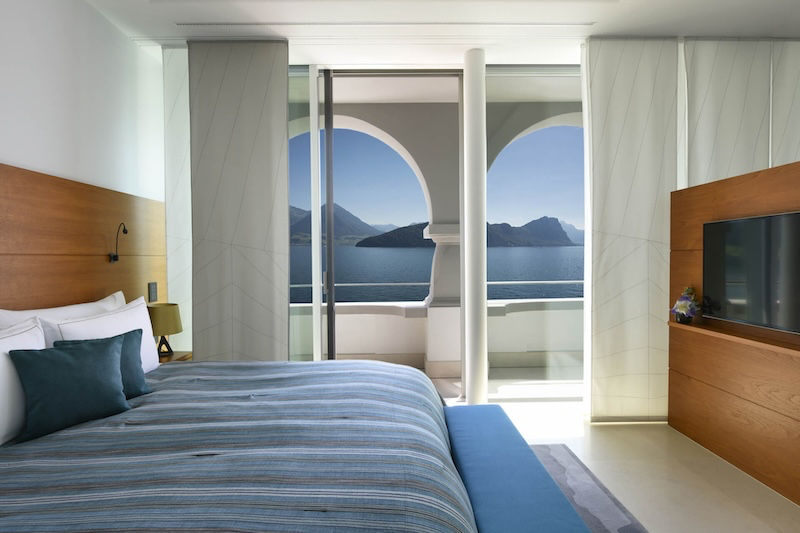
How do you strike a balance between immersing yourself in the creative process of photography and your role as an entrepreneur leading a team?
The two are actually almost incompatible and I have only managed to make them compatible thanks to years of experience.
In order to improve a hotel’s visual representation through their photographs or ‘digital assets’, it is essential that I and my team immerse ourselves in the creative process, understanding what is required and then delivering on the brief. Hotel Essence Photography has an expert team committed to creating images that communicate the authentic essence of a hotel and most importantly we all really enjoy working together.
Open channels of communication with the various stakeholders – often, the hotel owner, the GM or the hotel’s marketing director – during the shoot is paramount to ensure that all parties are happy with the direction that the project is taking. We shoot sample images onto iPads, which is a great way to give the client and the team an instant view of the specific shots.
Our team is completely dedicated to each project and we work long hours to get the job done; “whatever it takes” is our motto. This requires that I am abreast of what’s happening in front of and behind the camera at all times, but also managing and motivating my team. In the years that I have worked with my team we have solved numerous complex issues in challenging circumstances.
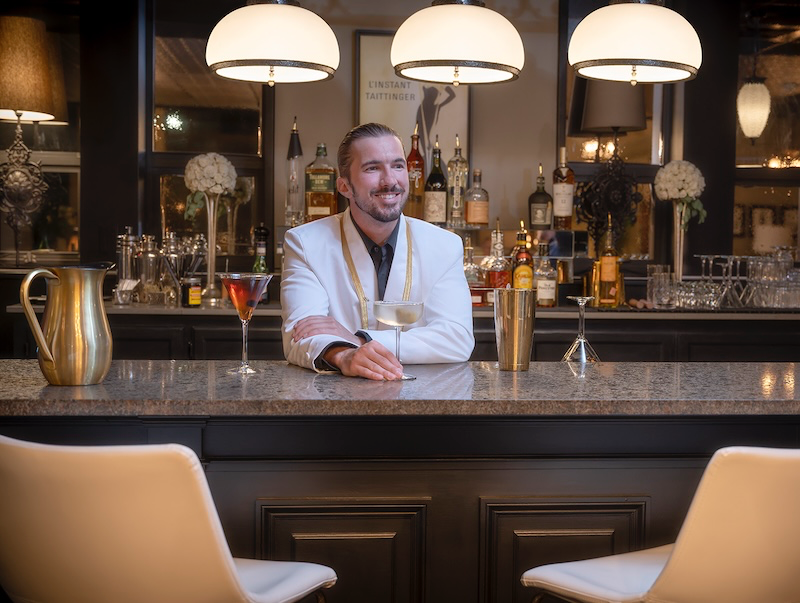
Tales from Luxury Hotel Photographer Michelle Chaplow
What’s the most emotionally impactful and inspiring hotel that you’ve photographed?
There are actually two hotels that spring to mind.
The first story is about photographing the lobby of the George V Four Seasons hotel in Paris. I visited the hotel for a meeting during the spring – the most romantic time of year in the City of Lights. I walked into the George V and was stopped in my tracks by the sight of the lobby decorated with hundreds of peonies. A historic hotel lobby with marble floors, a beautiful chandelier, an antique tapestry behind the reception, and then to top it off, a wealth of stunning pink blooms. It took my breath away, whilst other people walked through the lobby seemingly oblivious to the extraordinary floral display. It was an amazingly impactful experience but also immensely satisfying to photograph.
The second hotel I’ve chosen is Park Hotel Vitznau in Switzerland. A magnificent contemporary redevelopment of a historic hotel that dates back to1903 located on the shores of Lake Lucerne, with unrestricted views across the lake to the Swiss Alps near the chocolate box village of Vitznau. It was a delight to capture on camera.
Does this interview inspire you?
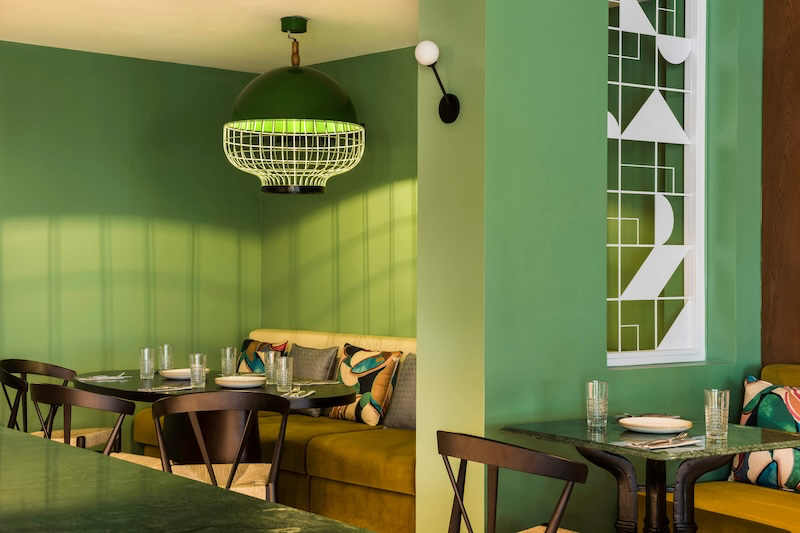
To date, what has been your most challenging hotel photoshoot?
It is difficult to pin down one hotel that was particularly demanding to photograph, because every property that I and my team have photographed over the years will have presented a conundrum in one way or another. The biggest challenge in general that I have to deal with is the light: the weather can change suddenly and with it the view. A memorable example is when we were photographing the Rock Hotel in Gibraltar and suddenly a sea mist rolled in, shrouding the amazing views from all the rooms and seaview terraces.
There are also other potential challenges such as mahogany furniture that is extremely dark. At the other end of the spectrum, reflections in mirrors, TV screens and shiny surfaces, these are dealt with by using vast panels of black velvet. Photoshoots may also present organisational challenges: you might be photographing a bedroom in a new hotel whose curtains are yet to arrive, so you work with what you have. Shoot the same room from a different angle; there is aways an alternative solution.

Equipment and Organization in Hotel Photography
What photography equipment do you typically take on assignments?
In terms of cameras and lenses, for over 20 years I’ve used Nikon equipment, which has never let me down. For lighting I use Bowens products, and Manfrotto tripods and stands.
We carry two sets of almost everything, so we can split into two teams if needed, We carry spares and double spares of critical items, such as battery chargers. just in case. We can’t have the shoot held up for a small but essential piece of kit. In total there are 400 items on our packing list.

What is your workflow for post-production and which photo editing software do you use?
When shooting we write each photo to two SD cards in the camera, one as large backup, and the original card is downloaded to two hard disks as soon as possible. Before departure we check we have three copies of all the RAW photos, with each copy carried by a different crew member for security.
In terms of post-production workflow, we download the work to between 50 and 100 folders of photographs in Adobe Lightroom. We identify the bracketed ‘runs’ by colour code, one of which will form the bast of the finished image. We use a combination of Adobe Lightroom and Photoshop to process the images.
Some final images will have to be rebuilt from component parts to increase the dynamic range. Often you need to step back from an image and then return to it with a fresh eye in order to achieve your aim. On other occasions, you may only need a few minutes to get the result you want.
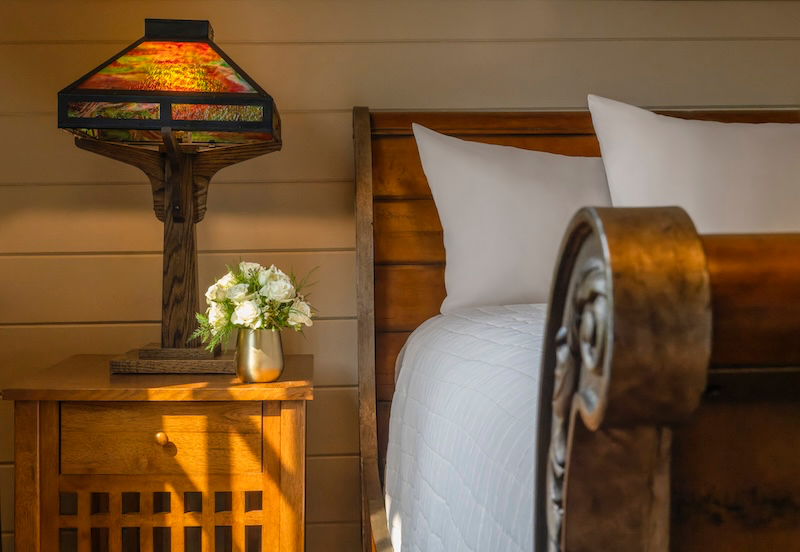
How do you manage your photo archives?
All of my photographs have a sequential number which will include my initials, the year when the photograph was taken, a number specific to the assignment, and a sequential number. I also try to keyword the photos to make retrieval easier. I don’t think there is a photographer in the world with a perfect archival and retrieval system.
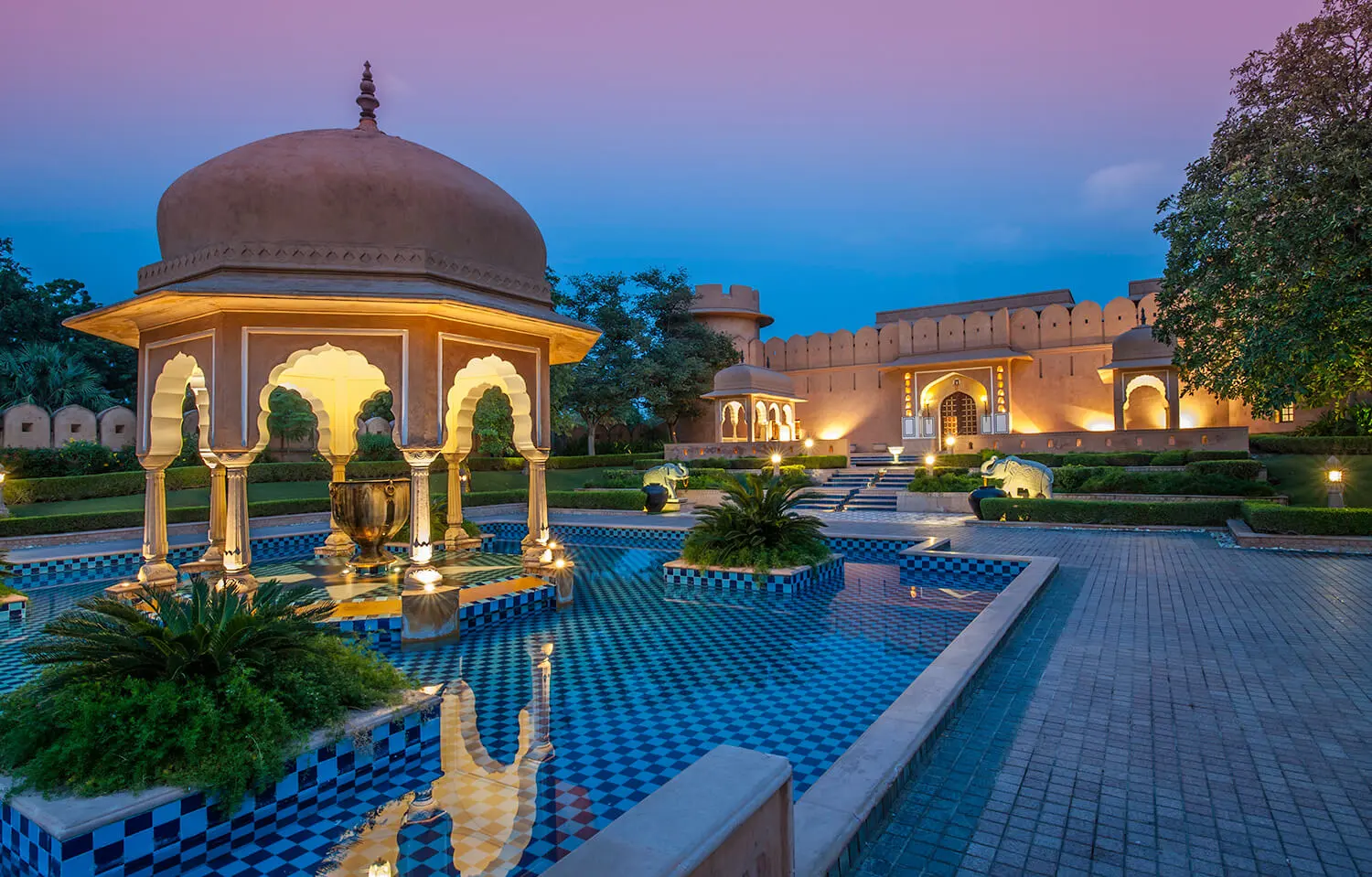
Has the importance of photography for luxury and historic hotels changed since you started?
Yes, it has changed significantly. Advancements in technology mean the standard of photography has improved considerably and, consequently, expectations for the quality of a hotel’s images have also increased. This is particularly true for the luxury and historic hotel sector, which caters for an extremely specific clientele. Additionally, the increasing importance of online booking has also contributed to this increased importance, as prospective guests typically receive their first impression of a hotel from the first few images that they glimpse on the internet. That initial impact will also likely be a lasting one, and a hotel’s visual/digital representation is therefore hugely significant, now more than ever.
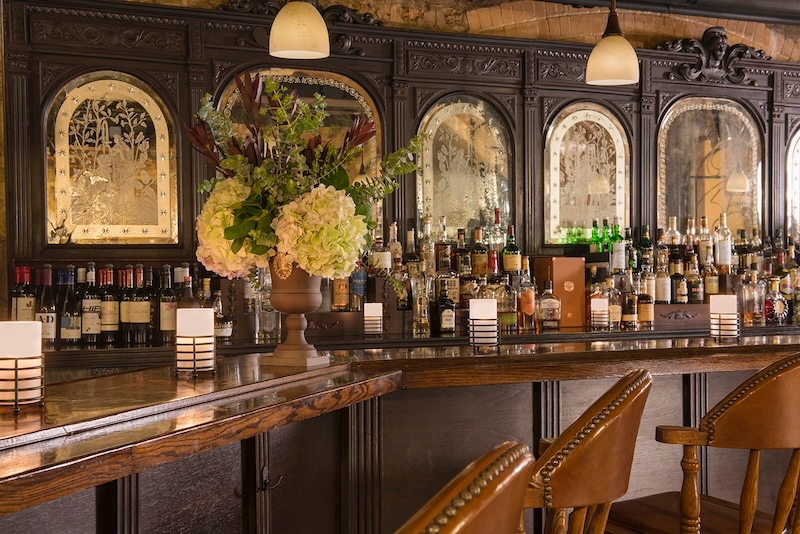
Michelle Chaplow's Advice on Becoming a Professional Photographer
What advice would you give to a photographer who wants to become a professional hotel photographer, serving clients in luxury hospitality?
The first thing to do is ask yourself whether you are passionate about the client’s luxury brand and services. If the answer is yes, that feeling will come through naturally and you will create better images as a result. You need to immerse yourself in understanding what the luxury brand stands for and its values, so that you can visually communicate this through images.
What advice would you give to an aspiring photographer who wants to turn their passion into a business, just as you did?
Follow your heart, carve out your niche in the market, learn as much as you can. You can never know everything about photography, so take as many courses as you can, mingling with like-minded people – find your tribe. Be open to any opportunities that may arise.

What gives you most satisfaction about your job as a luxury and historic hotel photographer?
I love history and historic preservation and feel privileged that the images of the hotels that I photograph today, even the contemporary ones will eventually form part of their historic archive of tomorrow, to be enjoyed and used as a reference – and hopefully an inspiration – in the future.
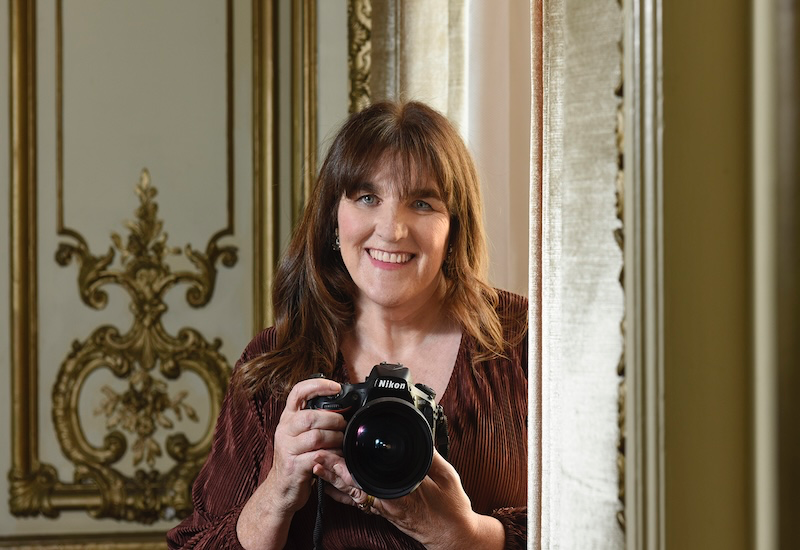
CYME is committed to enhancing workflows and streamlining efficient photo management. Through its interviews, CYME seeks to spotlight distinctive artistic paths, such as luxury hotel photography with Michelle Chaplow and foster a unified community focused on addressing the contemporary challenges in the world of photography.
Continue to explore the world of hotel photography with Michelle Chaplow by following her on her website or on Instagram.
Photo credit: © Michelle Chaplow




